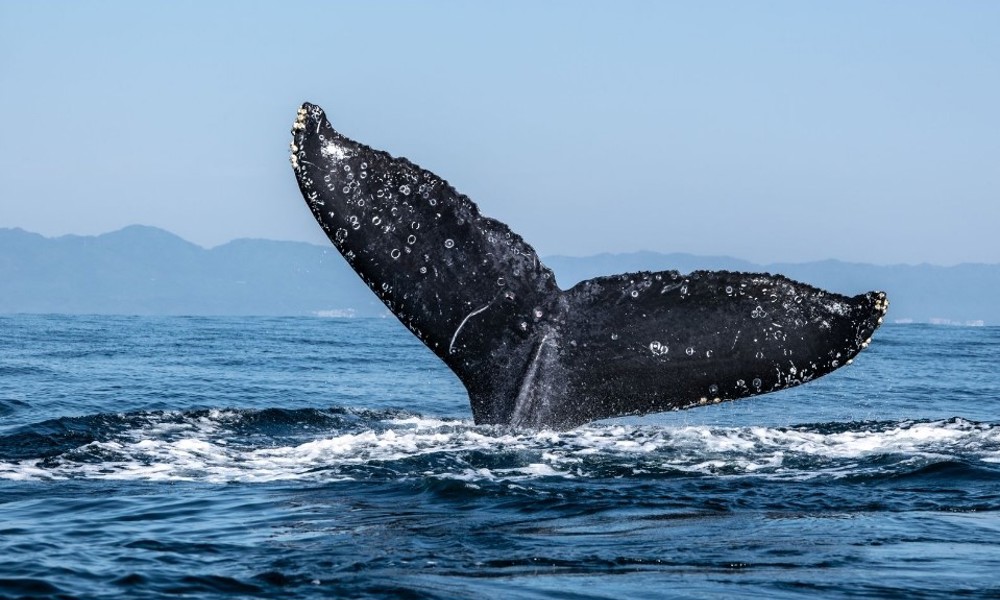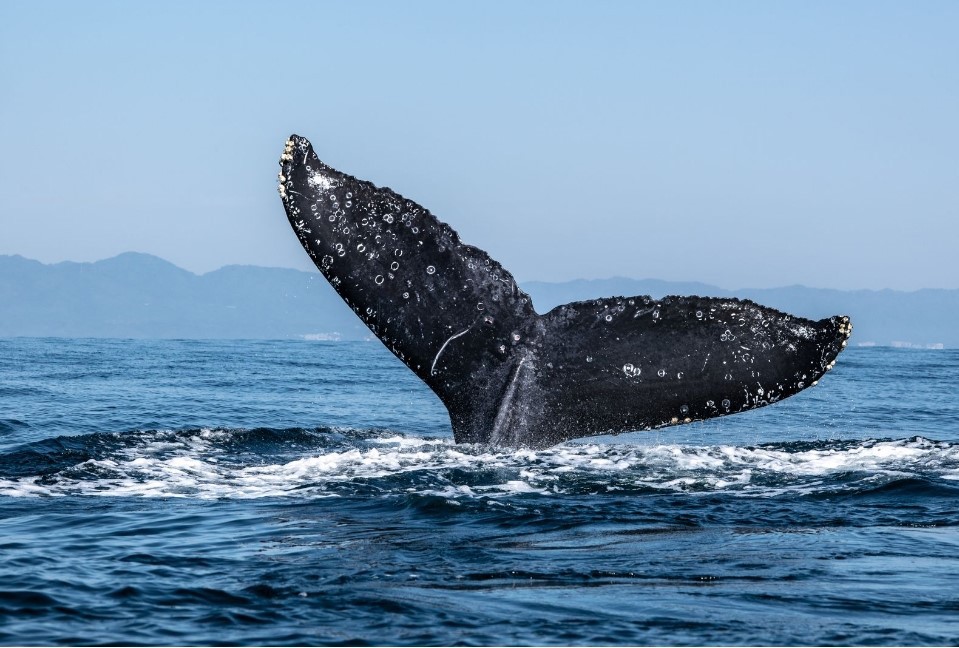

09 Jun 2020

Working with SEA, scientists at the University’s Institute for Mathematical Innovation (IMI) have developed an Artificial Intelligence (AI) algorithm which could improve underwater mapping by making sense of incomplete data and working out how many measurements are needed to give an accurate survey.
Sonar is commonly used to map the ocean floor, and seabed composition (e.g. mud, clay or rock) affects the way the sound is reflected back. Salinity, depth and water temperature also affect how sound waves are propagated through water.
This means that sonar measurements at different depths and distances can give accurate soundings of the ocean’s properties, for example how underwater currents propagate, how the deeper ocean changes with the climate or where best to listen to whales.
Collaborative Working
The research was part of a project contracted by The Defence and Security Accelerator (DASA), a part of the Ministry of Defence, to improve monitoring of the UK’s vast marine territories using high tech sonar. SEA led the project and provided simulated sonar data to train and test the AI algorithms developed by the IMI.
The technology could also be potentially used for ocean tomography across entire ocean basins, like the Arctic, to study the effects of climate change on the oceans and better enable the sustainability of human activities in fragile environments and ecosystems.
The Solution
Underwater environments vary hugely in terms of water temperature, salinity and depth as well as seabed slope and composition, all of which affect sonar. IMI and SEA first analysed the many characteristics of underwater environments and classified them into different types.
They then reviewed various AI techniques to determine the most effective classification approach. The selected method (Probabilistic Generative Modelling) was then adopted as a framework to develop three different AI algorithms for identifying underwater environments.
A Probabilistic Principal Component Analysis (PPCA) model proved to be the basis for the most effective algorithm. We then developed the model further through rigorous experimentation to achieve the highest possible classification accuracy. Senior Lecturer Dr Philippe Blondel, from the University’s Centre for Space, Atmospheric and Oceanic Science, worked on the project alongside Machine Learning expert Professor Mike Tipping from the IMI.
Dr Blondel said: “There are lots of different variables that affect how sound waves are propagated in water, as some frequencies of sound can travel further than others. If you think about the sound of an orchestra, as you move further away, you might lose the high frequency sound of the violins but still be able to hear the lower frequency notes of the cellos. The beating of drums would be felt even further. This is the same with ocean sounds, which come from the weather, like rain and storms, the animals, like whales and fish, but also humans, with ships and offshore activities. For this project we wanted to model how sonar echoes were changed by depth, salinity and temperature so we could use sound to measure these variables in the ocean.”
After developing the AI algorithm, they tested its performance on a wide range of simulated acoustic data representative of a broad spectrum of underwater environments. The tests demonstrated that their PPCA algorithm can classify underwater environments from simulated sonar measurements with an average accuracy of 93%. Classification accuracy remained high even when they used a short spatial interval of the test data, which is promising for the practical use of the technique. An alternative Latent Variable Gaussian Process (LVGP) model also showed strong performance and enabled them to achieve an even higher classification accuracy of 96%.
SEA's Principal Consultant Marcus Donnelly commented, "This project exceeded all our expectations for AI algorithms applied to the complexity of sonar in the underwater environment. We look forward to continuing our collaboration with the IMI following positive feedback from the MoD."